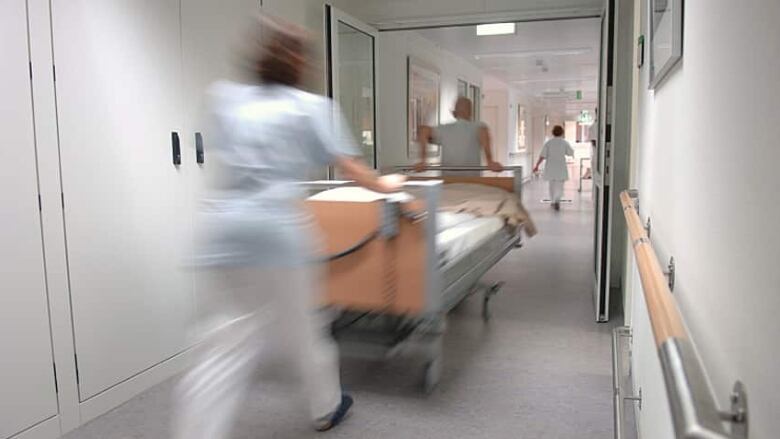Models aren't predictions, says mathematician who does COVID-19 modelling
Michael Szafron says the models from the Sask. Health Authority need more context

Earlier this week, the Saskatchewan Health Authority released its latest pandemic modelling numbers and they were big numbers, with estimates ranging from 3,000 to 8,000 deaths.
But Michael Szafron thinks those numbers need more context. He's a mathematician at the University of Saskatchewan School of Public Health working on his own COVID-19 modelling.
Szafron said models like this aren't meant to be predictions; instead, modelling helps health officials figure out how the disease will spread and how many people could die.
"They're planning for that worst case scenario so hopefully then they'll have the resources in place should it get really bad that will minimize loss. And they're hoping for the best case scenario."
Whether or not we see the best case scenario will depend on how well people can self-isolate, maintain physicaldistancing and only go out for essential services, Szafron said.
(PDF KB)
(Text KB)CBC is not responsible for 3rd party content
Rather than focusing on the high fatality numbers in the models, Szafron said people should look at data like the R0 numbers.
R0, pronounced "R-naught," is a measurement used to describe the intensity of an outbreak.
An R0 value of 1 means that each infection will cause one new infection. If it's greater than 1, each infection will cause more than one new infection. This could create a potential epidemic.
The SHA models show a low range of 2.4 and a high range of 4.0. Szafron points out that the number of deaths increases dramatically from an R0 of 2.4 to 4.0.
"The models are suggesting there is going to be a huge difference in death toll between everybody complying and if people don't comply. that slight change in infection rate in the population ends up having a massive explosion in deaths."
'Precaution fatigue'
Dr. Dennis Kendel, a Saskatoon physician and health policy consultant, said he's impressed with the preparations that have been made for the various scenarios.
"It gives me some comfort to know that detailed planning has occurred," he said.
Kendel also stressed that models are not predictive tools, echoing Szafron's comments that in modeling and scenario planning, "you always hope for the best and do whatever you can to prevent the worst."
His biggest concern when it comes to the pandemic is that people will develop "precaution fatigue."
"Sometimes if you begin to see a leveling off of the curve there is an inclination to prematurely think we can go back to the way we had been interacting before."
'Sophisticated guesswork'
Steven Lewis is a health policy consultant formerly based in Saskatchewan who now lives in Australia.
He says Saskatchewan's low-range scenario seems pessimistic but in an opinion article he wrote for CBC, he noted that "even good models are sophisticated guesswork and this pandemic is fraught with uncertainty."
"A pandemic is like a 40 C January night that creates a surge in demand on the power grid. The health care system doesn't know if the temperature will drop to 10 or 80, so it has to gear up for a wide range of possibilities."
With files from Alicia Bridges












_(720p).jpg)


 OFFICIAL HD MUSIC VIDEO.jpg)
.jpg)



























































































